选择热点
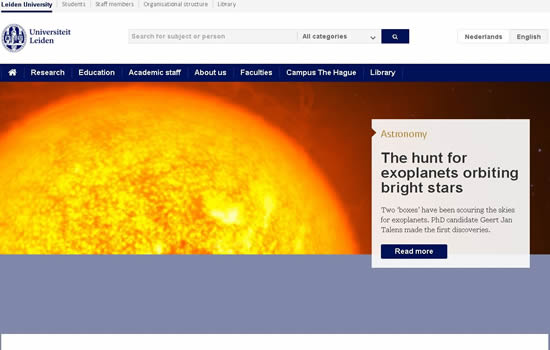 荷兰莱顿大学
荷兰莱顿大学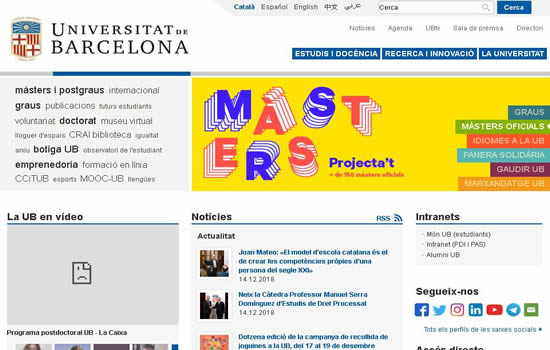 西班牙巴塞罗那大学
西班牙巴塞罗那大学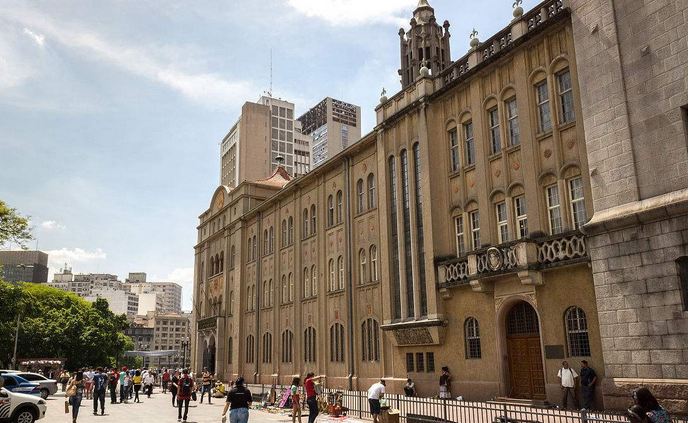 巴西圣保罗大学 University of Sao Paulo, Brazil
巴西圣保罗大学 University of Sao Paulo, Brazil 台湾南华大学 University of South China in Taiwan
台湾南华大学 University of South China in Taiwan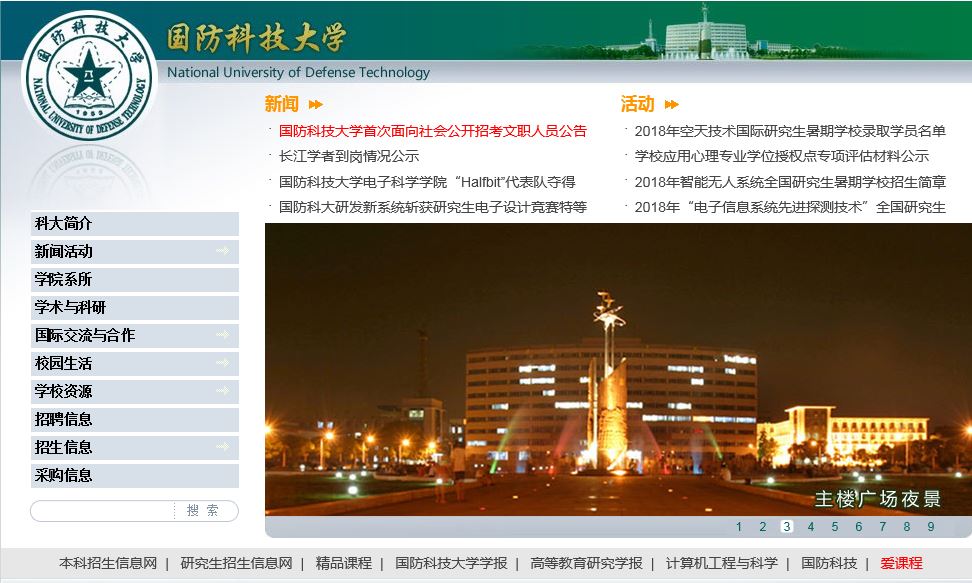 科技大学 National University of Defense Technology
科技大学 National University of Defense Technology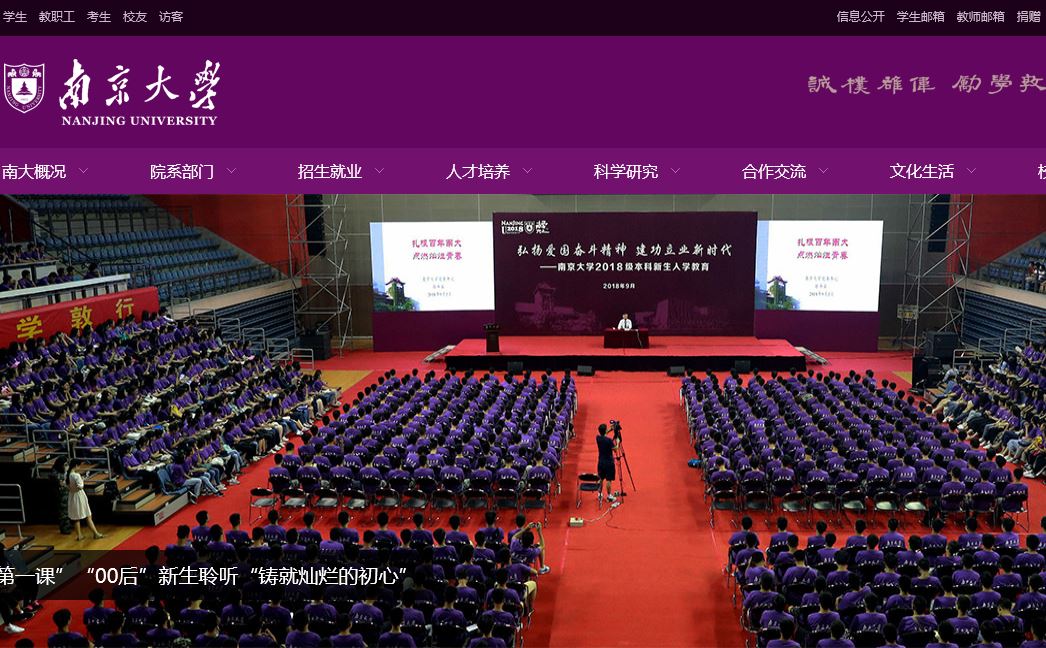 南京大学 Nanjing University
南京大学 Nanjing University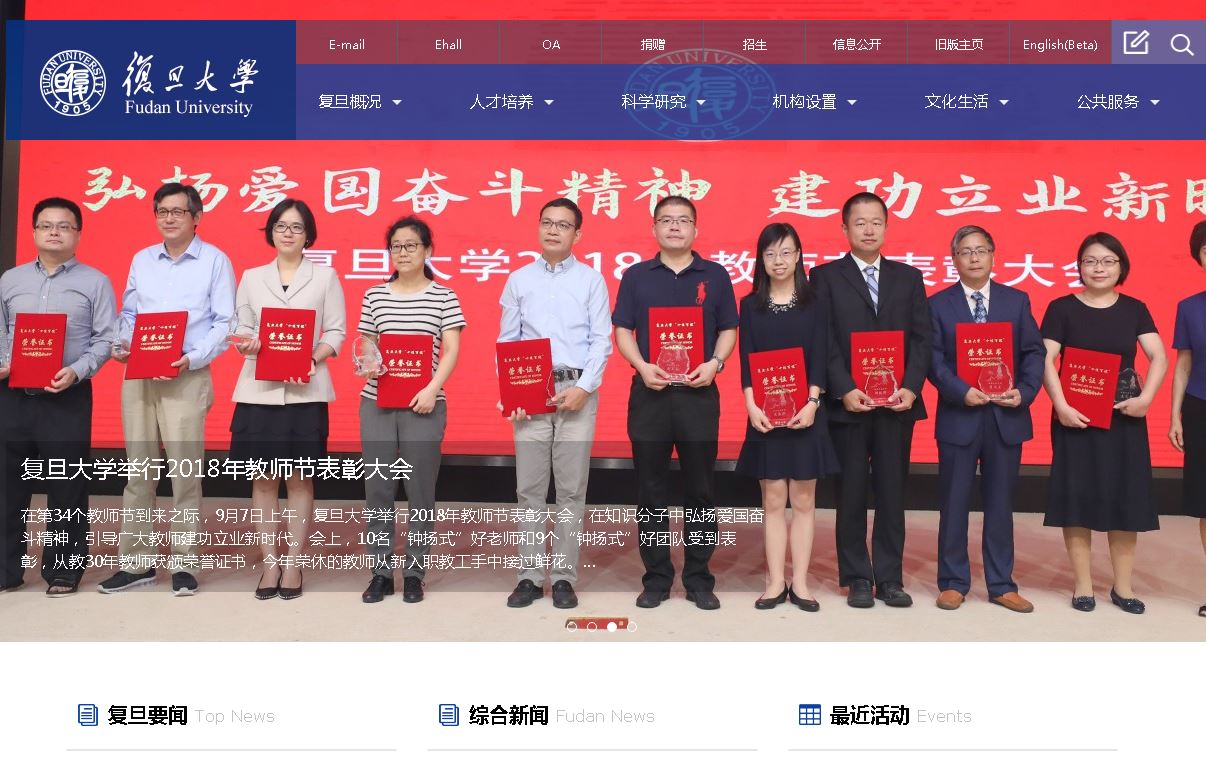 上海复旦大学 Fudan University
上海复旦大学 Fudan University 泗水大学(Ubaya)
泗水大学(Ubaya)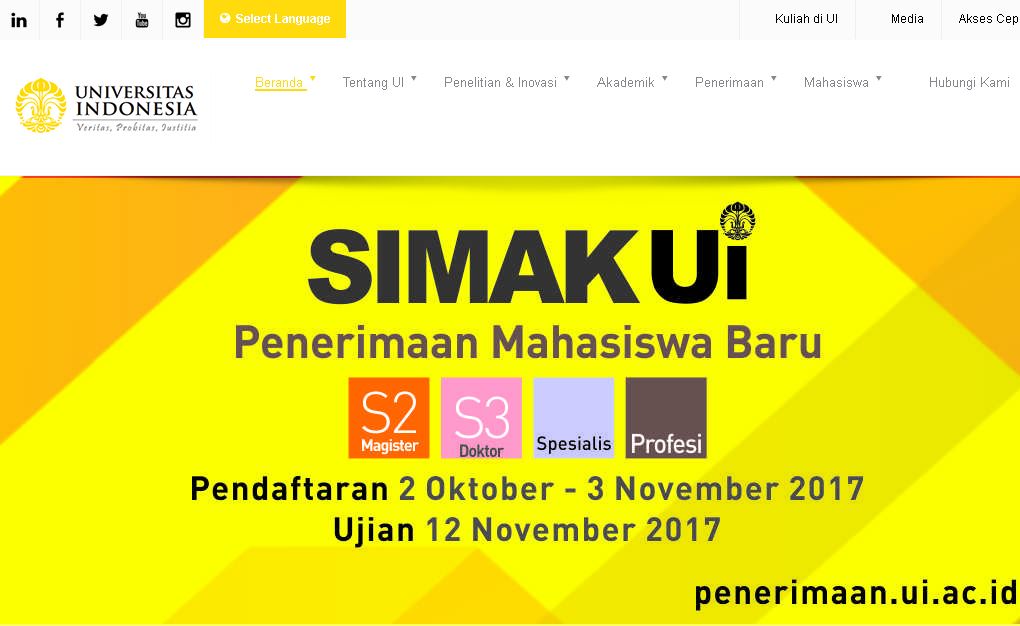 印尼大学 universitas indonesia
印尼大学 universitas indonesia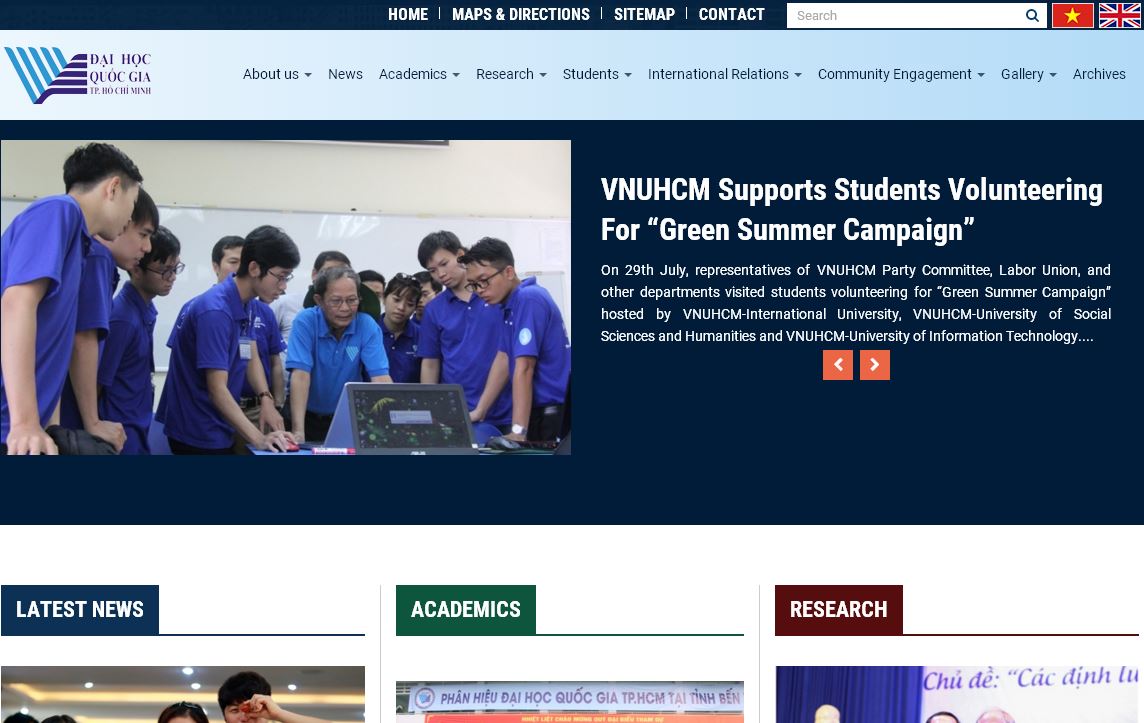 越南某大学 Vietnam National University
越南某大学 Vietnam National University 菲律宾大学 University Of The Philippines
菲律宾大学 University Of The Philippines
H1N1才是最后一次流行病,而非新型冠状病毒
发布时间:2025-01-06
来源:大学网站
H1N1 is the last pandemic, not the new coronavirusH1N1才是最后一次流行病,而非新型冠状病毒Despite worrisome new outbreaks in Iran, Italy and South Korea, the coronavirus disease called COVID-19 is not currently a pandemic, the World Health Organization said today.
世界卫生组织今天表示,尽管伊朗、意大利和韩国爆发了令人担忧的新疫情,但被称为COVID-19的冠状病毒疾病目前并不是一种大流行。
In fact, there are some encouraging trends, especially in Hubei Province, where most of the cases have been reported.
事实上,有一些令人鼓舞的趋势,特别是在大多数病例都已报告的湖北省。
The epidemic there appears to have plateaued in late January and is continuing on a good trajectory.
Dr.
Bruce Aylward led a WHO trip to China with a scientific delegation that just concluded.
On Sunday, he told reporters in Beijing that trend is real.
那里的疫情似乎在1月下旬趋于稳定,并继续沿着良好的轨道发展。
布鲁斯·艾尔沃德博士率领一个科学代表团结束了对中国的访问。
周日,他在北京告诉记者,这种趋势是真实的。
Aylward said that he'd spoken to a researcher in Wuhan who is testing potential drugs to treat COVID-19.
艾尔沃德说,他已经与武汉的一名研究人员进行了交谈,这名研究人员正在测试治疗COVID-19的潜在药物。
That's a good kind of problem.
The message from China is that it's not hopeless, he says.
It is possible to control this disease.
这是个好问题。
他说,来自中国的消息是,这并非毫无希望。
控制这种疾病是可能的。
"Now we're starting to see countries like Italy take extremely aggressive actions," Aylward said.
"What China has demonstrated is you have to do this, and if you do it you can save lives and prevent thousands of cases of what is a very difficult disease.
"现在我们开始看到像意大利这样的国家采取极其激进的行动,”艾尔沃德说。
中国已经证明,你必须这么做,如果你这么做了,你就可以拯救生命,预防数千例这种非常棘手的疾病。
”Getting the public's full cooperation to do the simplest tasks is a reason for the success.
让公众的充分合作来完成最简单的任务是成功的原因之一。
"Believe it or not, the most valuable thing the whole population can do is wash its hands, continually," he said.
Other useful measures include avoiding crowds, as you'd find in schools and large gatherings.
信不信由你,所有人能做的最有价值的事就是不断洗手,”他说。
其他有用的措施包括避开人群,就像你在学校和大型集会中会看到的那样。
But restricting travel is not on Aylward's list of useful actions.
但限制旅行并不在艾尔沃德的有用行动清单上。
"You don't have to lock down cities is the big message from China, in fact," he said.
事实上,来自中国的重要信息是不必封锁城市,”他说。
The WHO scientific delegation's task was to learn what worked in China and to spread the word.
But even during their brief trip, the disease was making serious inroads in South Korea, Iran and in Italy.
As of Monday morning, South Korea had reported 763 cases, Iran had reported 43 cases – including 8 deaths – and Italy added 48 cases to bring its national total to 124.
世卫组织科学代表团的任务是了解什么在中国有效,并传播这一消息。
但即使在他们短暂的旅行期间,这种疾病也在韩国、伊朗和意大利严重蔓延。
截至周一上午,韩国报告了763例,伊朗报告了43例,包括8例死亡,意大利增加了48例,使其全国病例总数达到124例。
"There is a lot of speculation about whether this increase means that this epidemic has now become a pandemic," said WHO Director General Tedros Adhanom Ghebreyesus at a news conference in Geneva, Switzerland.
世卫组织总干事泰德罗斯阿罕穆格比亚思在瑞士日内瓦举行的新闻发布会上说:有很多人猜测,这种增长是否意味着这种流行病现在已经成为一种流行病。
”Assigning that label isn't simply a matter of whether a disease is on multiple continents, but whether it's out of control and doing significant damage.
给出这个标签不仅仅是一个疾病是否在多个大洲流行的问题,而是它是否失控并造成重大破坏的问题。
Those are decisions that WHO makes before declaring that a disease is a pandemic.
The term was last used for the H1N1 flu virus that struck in 2009.
sickening more than 60 million in the U.
S.
alone and killing some half a million worldwide.
这些是世卫组织在宣布一种疾病为大流行之前做出的决定。
这个词最后一次被用来指2009年爆发的H1N1流感病毒,仅在美国就有6.
000多万人患病,在全球范围内约有50万人死亡。
"Does this virus [that causes COVID-19] have pandemic potential?
" Tedros asked rhetorically.
"Absolutely it has.
Are we there yet?
From our assessment, not yet.
"这种[导致COVID-19的]病毒有可能大流行吗?
”泰德罗斯反问道。
绝对是这样。
我们到那个地步吗?
根据我们的评估,还没有。
”The WHO's top priorities are to protect health-care workers, to protect vulnerable people such as those who are sick and elderly and to protect vulnerable countries.
世卫组织的首要任务是保护卫生保健工作者,保护弱势群体,如病人和老年人,以及保护脆弱的国家。
Even the advanced nations of Europe have work to do, since their hospitals are pretty full these days with flu patients.
Those beds might be needed for coronavirus patients.
即使是欧洲的发达国家也有工作要做,因为这些天他们的医院里满是流感患者。
冠状病毒患者可能需要这些床位。
If the spread of the coronavirus in Europe can be slowed until the end of flu season, that"will free up significant capacity of the health system," said Dr.
Michael Ryan, executive director for the WHO's Health Emergency Program.
"So even slowing down the virus by a month or six weeks has a massive positive benefit.
"世界卫生组织卫生紧急项目执行主任迈克尔·瑞安博士说,如果能够在流感季节结束之前减缓冠状病毒在欧洲的传播,将释放卫生系统的巨大能力”。
因此,即使是将病毒的传播速度降低一个月或六个星期,也会带来巨大的积极效益。
”Health officials in the United States know they can't count indefinitely on their current strategy — identifying every new case immediately and isolating those patients.
So they're considering containment measures akin to what worked in China, such as school closings.
美国的卫生官员知道,他们不能无限期地指望他们目前的战略,迅速识别每一个新病例,并隔离这些患者。
因此,他们正在考虑类似于在中国奏效的遏制措施,比如关闭学校。
【H1N1才是最后一次流行病,而非新型冠状病毒查看网站:[db:时间]】
世界卫生组织今天表示,尽管伊朗、意大利和韩国爆发了令人担忧的新疫情,但被称为COVID-19的冠状病毒疾病目前并不是一种大流行。
In fact, there are some encouraging trends, especially in Hubei Province, where most of the cases have been reported.
事实上,有一些令人鼓舞的趋势,特别是在大多数病例都已报告的湖北省。
The epidemic there appears to have plateaued in late January and is continuing on a good trajectory.
Dr.
Bruce Aylward led a WHO trip to China with a scientific delegation that just concluded.
On Sunday, he told reporters in Beijing that trend is real.
那里的疫情似乎在1月下旬趋于稳定,并继续沿着良好的轨道发展。
布鲁斯·艾尔沃德博士率领一个科学代表团结束了对中国的访问。
周日,他在北京告诉记者,这种趋势是真实的。
Aylward said that he'd spoken to a researcher in Wuhan who is testing potential drugs to treat COVID-19.
艾尔沃德说,他已经与武汉的一名研究人员进行了交谈,这名研究人员正在测试治疗COVID-19的潜在药物。
That's a good kind of problem.
The message from China is that it's not hopeless, he says.
It is possible to control this disease.
这是个好问题。
他说,来自中国的消息是,这并非毫无希望。
控制这种疾病是可能的。
"Now we're starting to see countries like Italy take extremely aggressive actions," Aylward said.
"What China has demonstrated is you have to do this, and if you do it you can save lives and prevent thousands of cases of what is a very difficult disease.
"现在我们开始看到像意大利这样的国家采取极其激进的行动,”艾尔沃德说。
中国已经证明,你必须这么做,如果你这么做了,你就可以拯救生命,预防数千例这种非常棘手的疾病。
”Getting the public's full cooperation to do the simplest tasks is a reason for the success.
让公众的充分合作来完成最简单的任务是成功的原因之一。
"Believe it or not, the most valuable thing the whole population can do is wash its hands, continually," he said.
Other useful measures include avoiding crowds, as you'd find in schools and large gatherings.
信不信由你,所有人能做的最有价值的事就是不断洗手,”他说。
其他有用的措施包括避开人群,就像你在学校和大型集会中会看到的那样。
But restricting travel is not on Aylward's list of useful actions.
但限制旅行并不在艾尔沃德的有用行动清单上。
"You don't have to lock down cities is the big message from China, in fact," he said.
事实上,来自中国的重要信息是不必封锁城市,”他说。
The WHO scientific delegation's task was to learn what worked in China and to spread the word.
But even during their brief trip, the disease was making serious inroads in South Korea, Iran and in Italy.
As of Monday morning, South Korea had reported 763 cases, Iran had reported 43 cases – including 8 deaths – and Italy added 48 cases to bring its national total to 124.
世卫组织科学代表团的任务是了解什么在中国有效,并传播这一消息。
但即使在他们短暂的旅行期间,这种疾病也在韩国、伊朗和意大利严重蔓延。
截至周一上午,韩国报告了763例,伊朗报告了43例,包括8例死亡,意大利增加了48例,使其全国病例总数达到124例。
"There is a lot of speculation about whether this increase means that this epidemic has now become a pandemic," said WHO Director General Tedros Adhanom Ghebreyesus at a news conference in Geneva, Switzerland.
世卫组织总干事泰德罗斯阿罕穆格比亚思在瑞士日内瓦举行的新闻发布会上说:有很多人猜测,这种增长是否意味着这种流行病现在已经成为一种流行病。
”Assigning that label isn't simply a matter of whether a disease is on multiple continents, but whether it's out of control and doing significant damage.
给出这个标签不仅仅是一个疾病是否在多个大洲流行的问题,而是它是否失控并造成重大破坏的问题。
Those are decisions that WHO makes before declaring that a disease is a pandemic.
The term was last used for the H1N1 flu virus that struck in 2009.
sickening more than 60 million in the U.
S.
alone and killing some half a million worldwide.
这些是世卫组织在宣布一种疾病为大流行之前做出的决定。
这个词最后一次被用来指2009年爆发的H1N1流感病毒,仅在美国就有6.
000多万人患病,在全球范围内约有50万人死亡。
"Does this virus [that causes COVID-19] have pandemic potential?
" Tedros asked rhetorically.
"Absolutely it has.
Are we there yet?
From our assessment, not yet.
"这种[导致COVID-19的]病毒有可能大流行吗?
”泰德罗斯反问道。
绝对是这样。
我们到那个地步吗?
根据我们的评估,还没有。
”The WHO's top priorities are to protect health-care workers, to protect vulnerable people such as those who are sick and elderly and to protect vulnerable countries.
世卫组织的首要任务是保护卫生保健工作者,保护弱势群体,如病人和老年人,以及保护脆弱的国家。
Even the advanced nations of Europe have work to do, since their hospitals are pretty full these days with flu patients.
Those beds might be needed for coronavirus patients.
即使是欧洲的发达国家也有工作要做,因为这些天他们的医院里满是流感患者。
冠状病毒患者可能需要这些床位。
If the spread of the coronavirus in Europe can be slowed until the end of flu season, that"will free up significant capacity of the health system," said Dr.
Michael Ryan, executive director for the WHO's Health Emergency Program.
"So even slowing down the virus by a month or six weeks has a massive positive benefit.
"世界卫生组织卫生紧急项目执行主任迈克尔·瑞安博士说,如果能够在流感季节结束之前减缓冠状病毒在欧洲的传播,将释放卫生系统的巨大能力”。
因此,即使是将病毒的传播速度降低一个月或六个星期,也会带来巨大的积极效益。
”Health officials in the United States know they can't count indefinitely on their current strategy — identifying every new case immediately and isolating those patients.
So they're considering containment measures akin to what worked in China, such as school closings.
美国的卫生官员知道,他们不能无限期地指望他们目前的战略,迅速识别每一个新病例,并隔离这些患者。
因此,他们正在考虑类似于在中国奏效的遏制措施,比如关闭学校。
【H1N1才是最后一次流行病,而非新型冠状病毒查看网站:[db:时间]】
- 上一篇: 特朗普任命彭斯领导政府应对冠状病毒
- 下一篇: 暖冬首次导致德国冰季歉收
相关阅读
目录列表
资讯列表
英语资讯


共0条评论
网友评论温馨提示:您的评论需要经过审核才能显示,请文明发言!